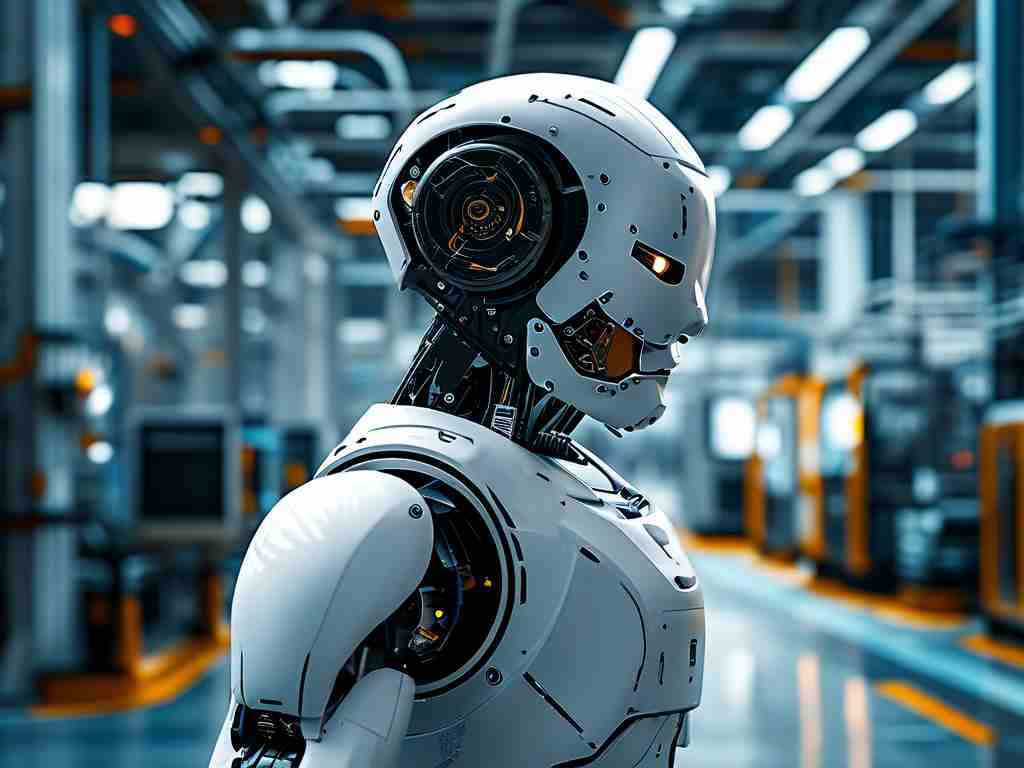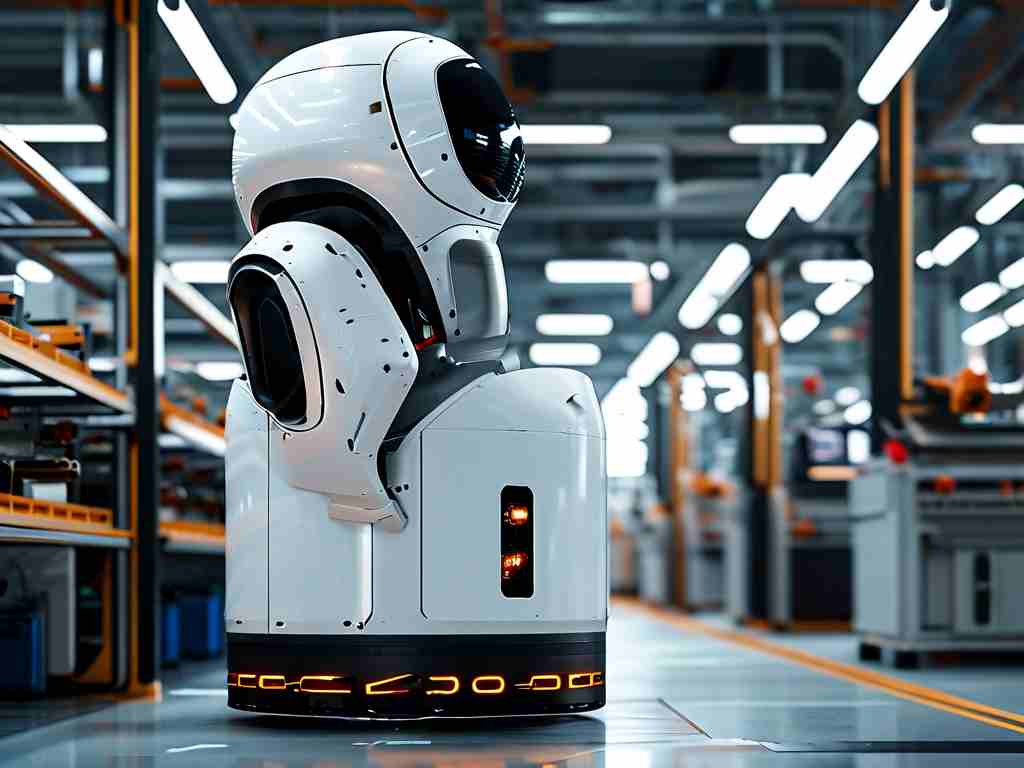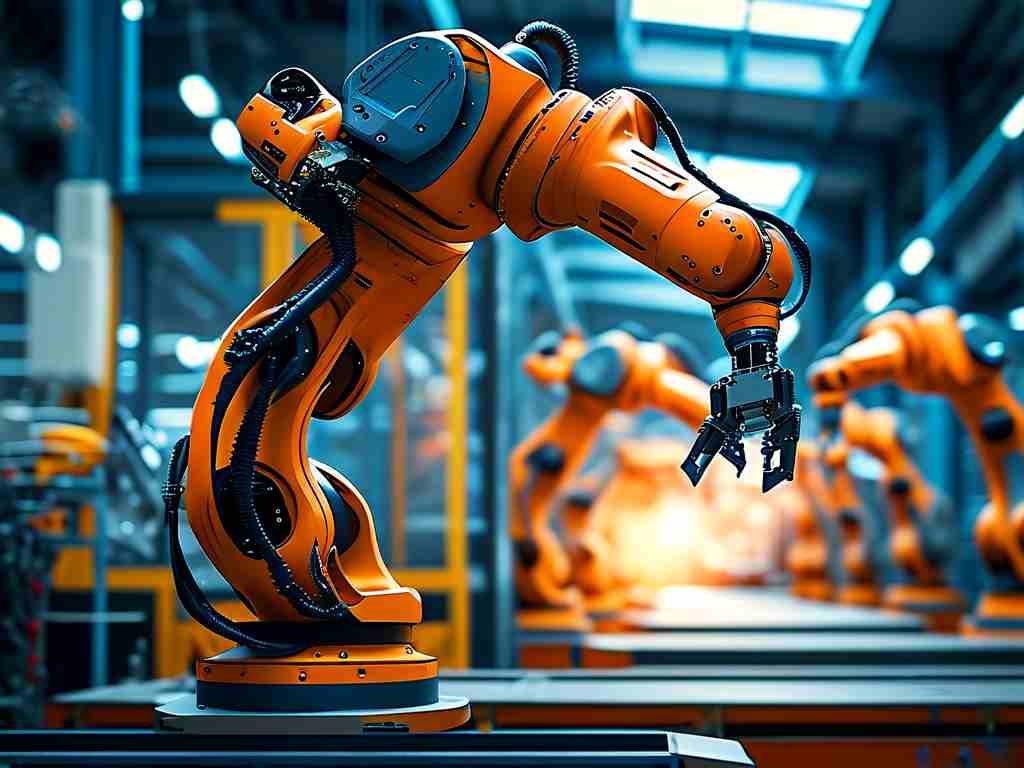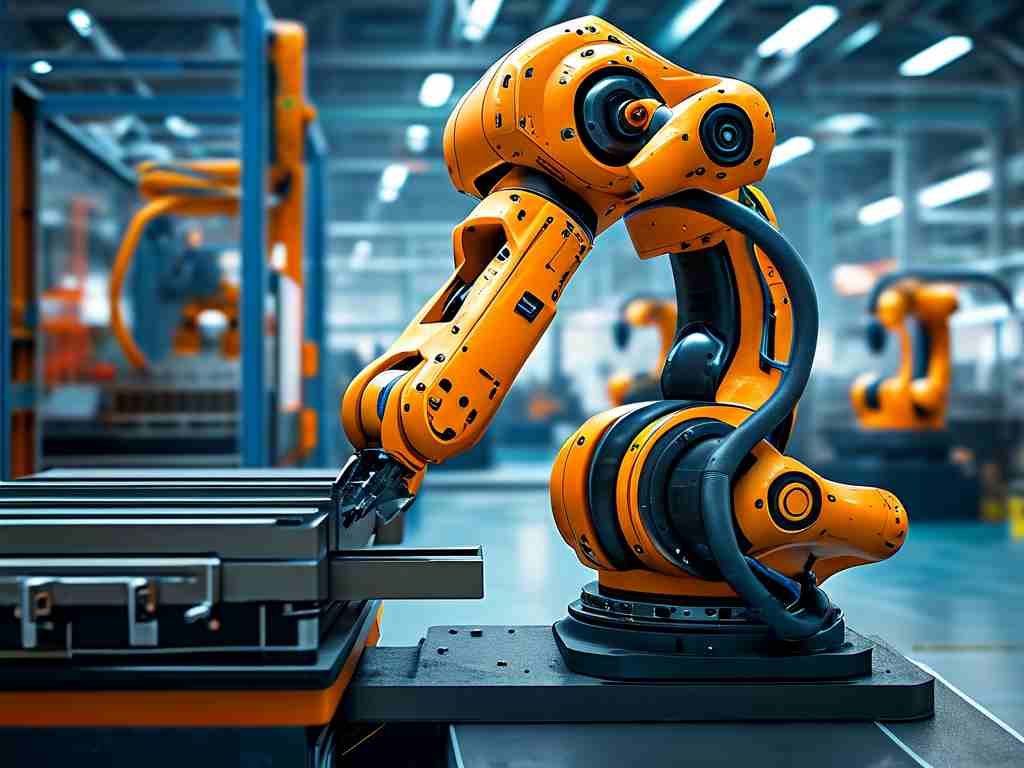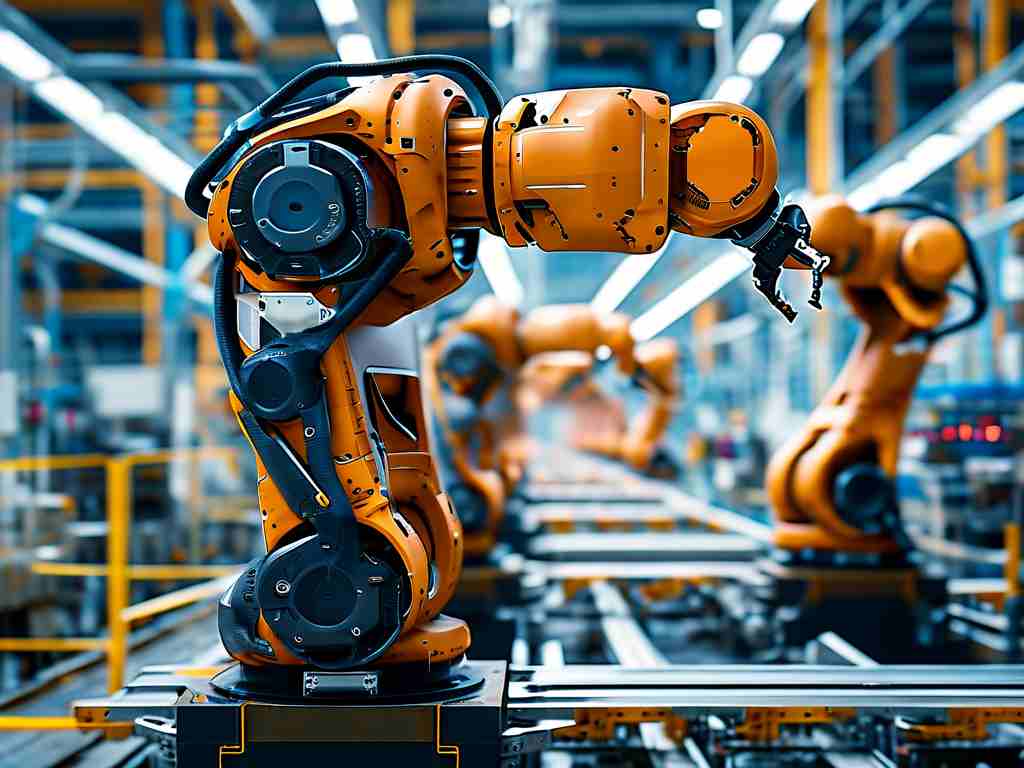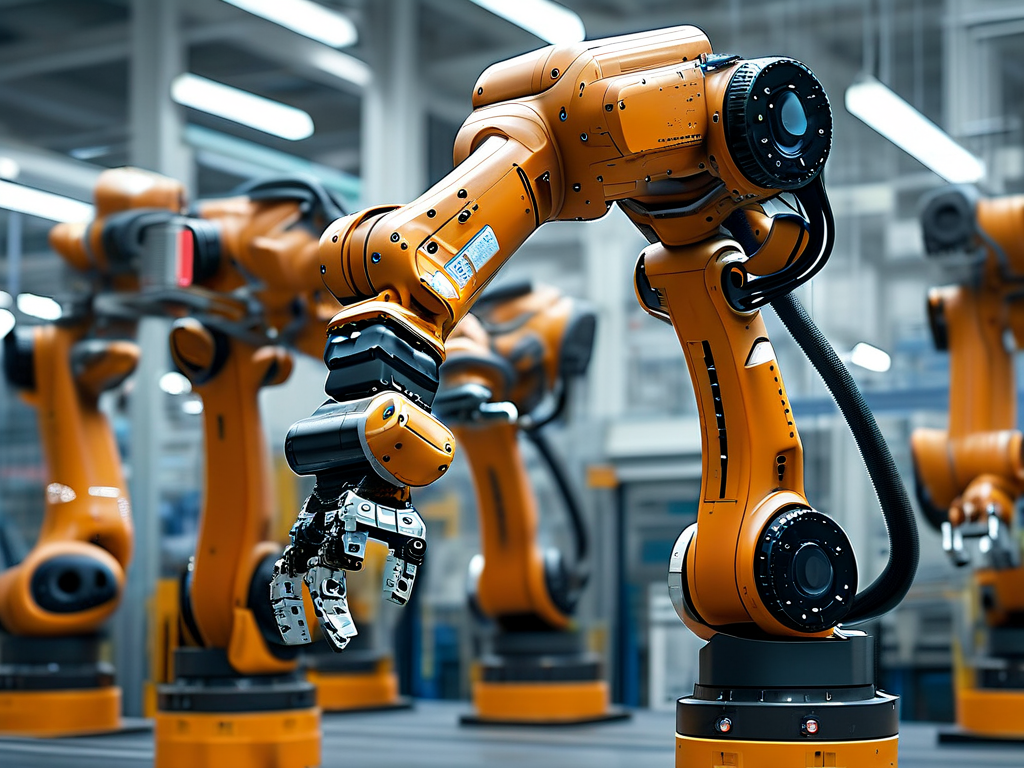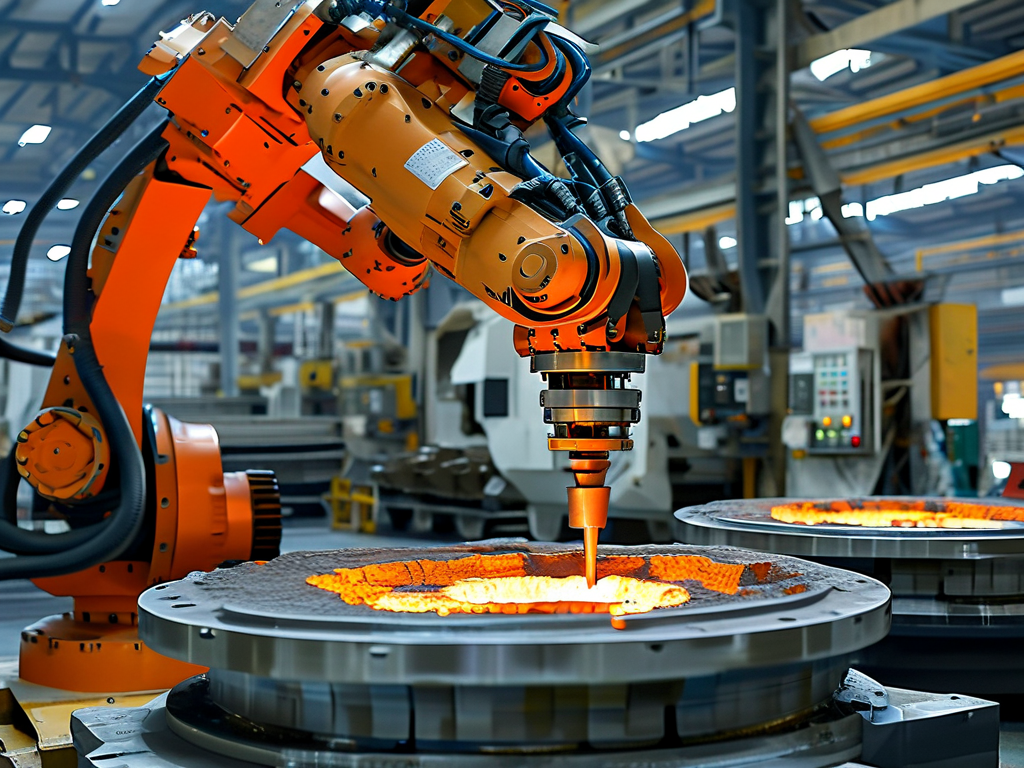SCARA (Selective Compliance Assembly Robot Arm) robots are widely used in high-precision industrial applications, including electronics assembly, pick-and-place operations, and quality inspection. Their unique design-combining rigidity in the vertical axis with flexibility in the horizontal plane-makes them ideal for repetitive tasks requiring speed and accuracy. However, like all complex machinery, SCARA robots require regular maintenance and timely repairs to sustain performance. This article explores critical repair techniques, common failure modes, and best practices for maintaining these robots.
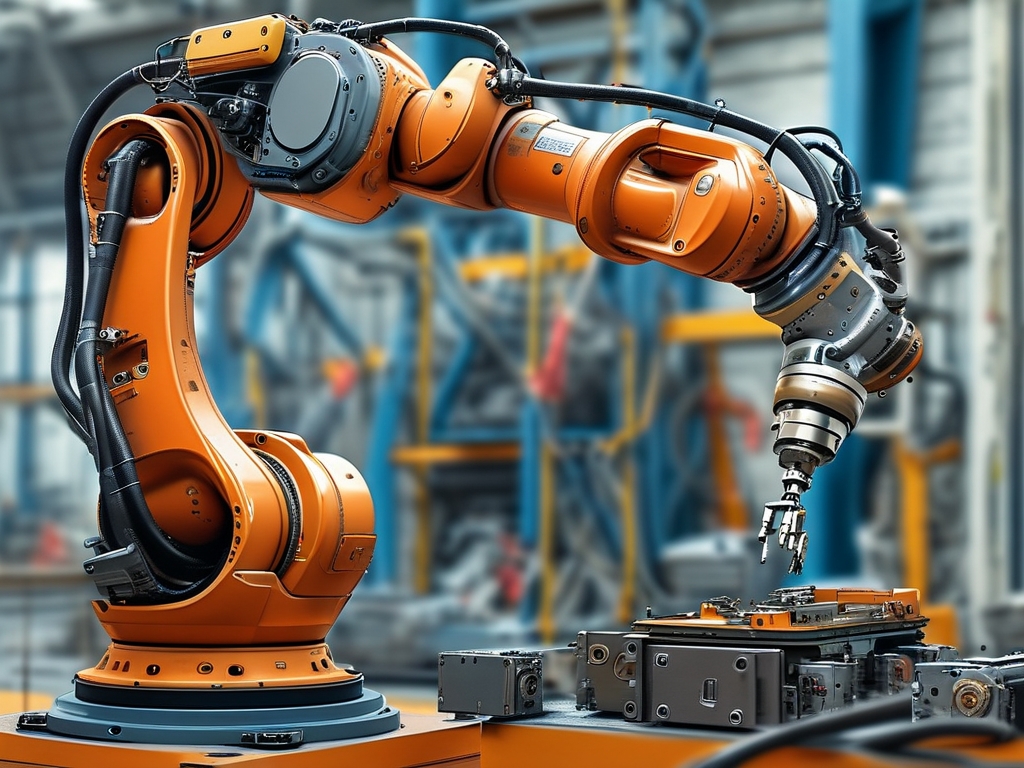
1. Understanding SCARA Robot Anatomy
A SCARA robot comprises four primary components:
- Arm Structure: Two parallel rotary joints (shoulder and elbow) control horizontal movement.
- Vertical Column: Provides rigidity for vertical positioning.
- End-Effector: The tool or gripper performing specific tasks.
- Control System: Includes motors, encoders, and software for motion coordination.
Understanding this structure is essential for diagnosing issues. For example, misalignment in the rotary joints often causes positional inaccuracies, while motor failures may stem from electrical or mechanical faults.
2. Common Failure Modes and Diagnostics
A. Mechanical Wear and Tear
The repetitive motion of SCARA robots leads to mechanical degradation. Common issues include:
- Bearing Failure: Worn bearings in joints cause vibrations or noise.
- Belt or Harmonic Drive Damage: Slippage or tears disrupt motion synchronization.
- Backlash: Excessive play in gears reduces positioning accuracy.
Diagnostic tools like vibration analysis and thermal imaging help identify wear before catastrophic failure.
B. Electrical and Sensor Issues
- Encoder Malfunctions: Faulty encoders send incorrect position data, leading to erratic movements.
- Motor Overheating: Caused by overloads, poor ventilation, or driver board defects.
- Power Supply Fluctuations: Unstable voltage damages sensitive components like servo controllers.
Multimeters and oscilloscopes are critical for tracing electrical faults.
C. Software and Calibration Errors
- Parametric Drift: Over time, calibration parameters (e.g., zero positions) may shift, requiring re-alignment.
- Firmware Bugs: Outdated or corrupted software can freeze the control system.
Regular firmware updates and recalibration using laser alignment tools mitigate these risks.
3. Step-by-Step Repair Techniques
A. Replacing Bearings and Drives
- Disassemble the affected joint and remove the damaged bearing or harmonic drive.
- Clean the housing to remove debris.
- Install a pre-lubricated replacement component, ensuring proper torque specifications.
- Recalibrate the joint using manufacturer guidelines.
B. Troubleshooting Encoder Systems
- Check encoder cables for fraying or loose connections.
- Test encoder output signals with an oscilloscope.
- Replace faulty encoders and recalibrate the robot's home position.
C. Addressing Motor Overheating
- Verify load capacity matches the motor's rated specifications.
- Clean cooling fans and vents to improve airflow.
- Test motor windings for short circuits using a megohmmeter.
4. Preventive Maintenance Strategies
- Scheduled Inspections: Monthly checks of belts, bearings, and lubrication levels.
- Environmental Controls: Keep operating areas free of dust and humidity.
- Data Monitoring: Use IoT-enabled sensors to track vibration, temperature, and power consumption in real time.
5. Case Study: Resolving a Persistent Positioning Error
A semiconductor manufacturer faced recurring inaccuracies in a SCARA robot's pick-and-place system. Technicians initially suspected encoder issues but found no hardware faults. Further investigation revealed a misaligned vertical column caused by loose mounting bolts. After re-torqueing the bolts and recalibrating the robot, positional errors dropped by 98%.
6. Future Trends in SCARA Maintenance
- AI-Predictive Analytics: Machine learning models analyze operational data to predict failures.
- Modular Design: Swappable components reduce downtime during repairs.
- Augmented Reality (AR) Guides: AR headsets overlay repair instructions onto the physical robot.
Effective maintenance of SCARA robots demands a blend of mechanical expertise, electrical troubleshooting, and software proficiency. By adopting proactive strategies-such as predictive analytics and regular calibration-manufacturers can minimize downtime, extend equipment lifespan, and maintain the precision these robots are known for. As automation evolves, staying ahead of maintenance challenges will be key to leveraging SCARA robots' full potential in Industry 4.0.


